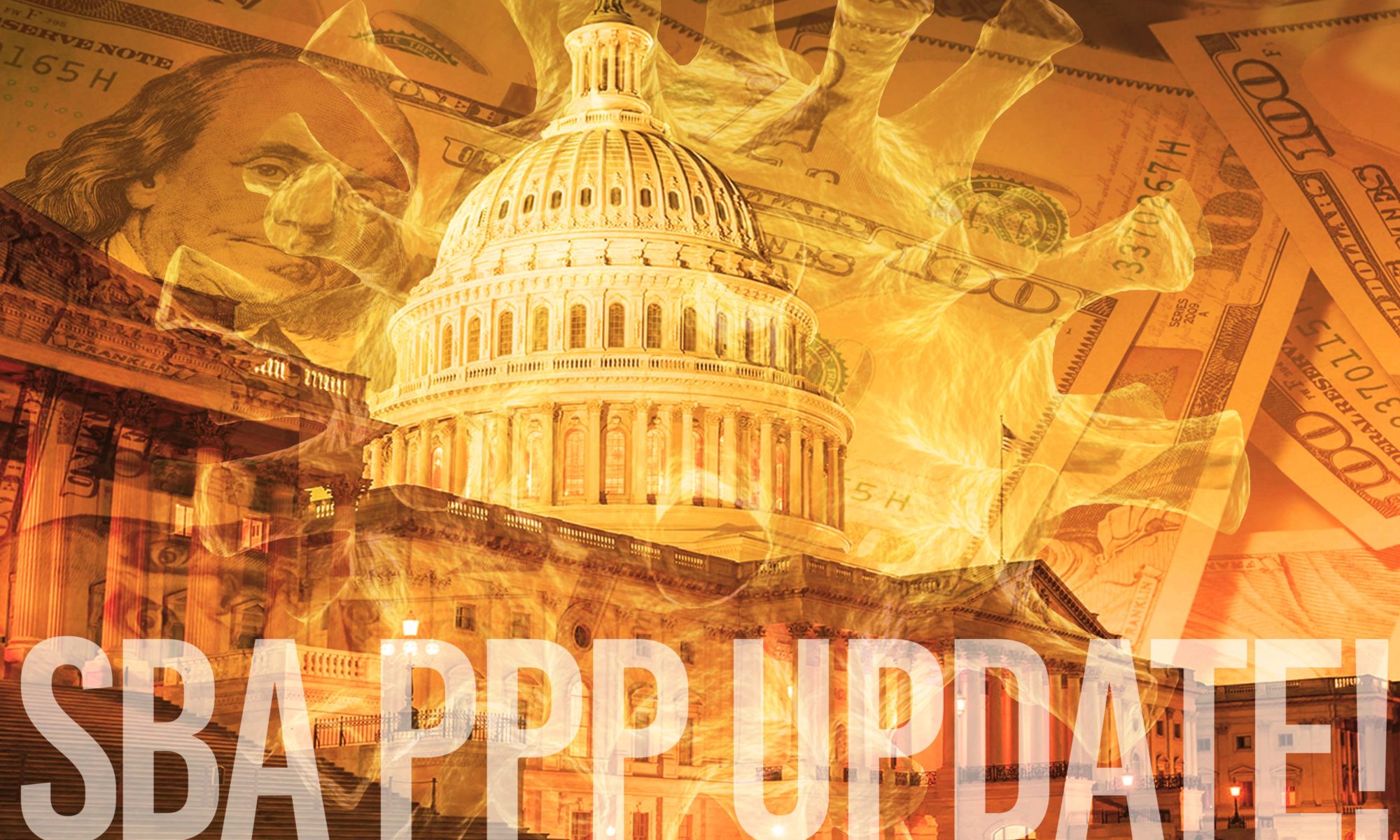Over the past months, EJReynolds have discussed the many different aspects of the Paycheck Protection Program (PPP) of the Coronavirus Aid, Relief, and Economic Security (CARES) Act. The Small Business Administration, along with the Treasury Department, are tasked with the oversight of the PPP Loan and any operational forgiveness of the proceeds. On June 5, 2020, the Payroll Protection Program Flexibility Act was signed into law, making changes to the program and clarifying other aspects.
Highlights include:
Extension of coverage period. Under the CARES Act and subsequent guidance a borrower must use the funds within eight weeks after the loan origination. The PPP Flexibility Act extends this period to the earlier of 24 weeks after the origination date or December 31, 2020. Borrowers who received those funds prior to June 3rd have the option to keep the original eight-week period or extend the coverage period for 24 weeks.
Adjustment of non-payroll cost threshold. Previous regulations issued by the U.S. Treasury Department indicated that eligible non-payroll costs couldn’t exceed 25% of the total forgiveness amount for a borrower to qualify for 100% forgiveness. The PPP Flexibility Act raises this threshold to 40%. (At least 60% of the loan must still be spent on payroll costs.) An important caveat is that if the 60% threshold is not met, none of the loan is forgiven.
Lengthening of period to reestablish workforce. Under the original PPP, borrowers faced a June 30, 2020 deadline to restore full-time employment and salary levels from reductions made between February 15, 2020, and April 26, 2020. Failure to do so would mean a reduction in the forgivable amount. The PPP Flexibility Act extends this deadline to December 31, 2020.
Reassurance of access to payroll tax deferment. The new law reassures borrowers that delayed payment of employer payroll taxes, which is offered under a provision of the CARES Act, is still available to businesses that receive PPP loans. It won’t be considered impermissible double dipping.
Payback Period. New borrowers now have five years to repay the loan instead of two. Existing PPP loans can be extended up to 5 years if the lender and borrower agree. The interest rate remains at 1%.
Additional Exceptions. The legislation includes two new exceptions allowing borrowers to achieve full PPP loan forgiveness even if they don’t fully restore their workforce. Previous guidance already allowed borrowers to exclude from those calculations employees who turned down good faith offers to be rehired at the same hours and wages as before the pandemic. The new bill allows borrowers leeway if they could not find qualified employees or were unable to restore business operations to February 15, 2020, levels due to COVID-19 related operating restrictions.
Important note: The SBA has announced that, to ensure PPP loans are issued only to eligible borrowers, all loans exceeding $2 million will be subject to an audit. The government may still audit smaller PPP loans, if there is suspicion that funds were misused.
To read our last blog on the Small Business Administration Paycheck Protection Program, click here.
Read our past blogs for more information.
For the Coronavirus, Aid, Relief and Economic Security (CARES) Act, click here.
For FAQs on the CARES Act Coronavirus-related distributions, click here.
For FAQs on Other Miscellaneous Items under the Act, click here.
We hope that you, your family and friends continue to be safe and healthy. As you can see, there are constant changes in the market. We anticipate the IRS and DOL will be issuing additional guidance in the coming months and we will be updating our blog section frequently as more information is made available. As always, we are here to help you and your plan participants navigate through these difficult times. If you have any questions, please contact us.


